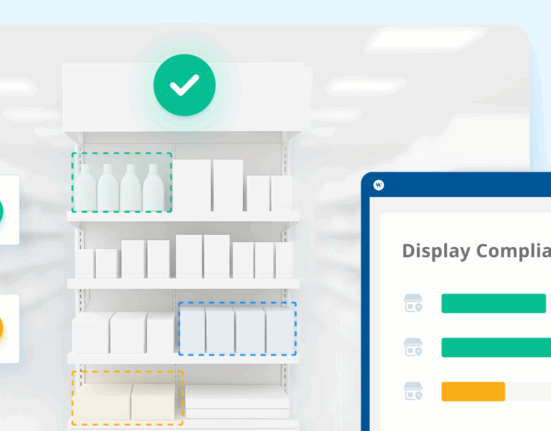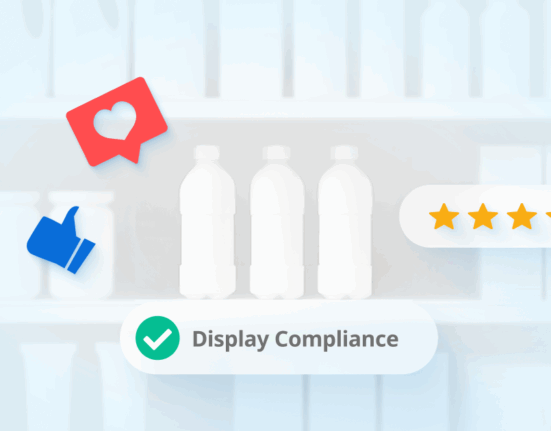Do you need to know what is going on inside brick-and-mortar stores? Have questions around merchandising, inventory, category management, store operations, and more? Then you may need to conduct a retail audit.
What is a retail audit? We define this concept as “the act of data collection from brick-and-mortar store locations to gather information on merchandising compliance, adjacencies, inventory levels, store associate knowledge, and many more shelf-level metrics.”
Of course, a successful retail audit requires more than walking into a few stores and looking around. When done right, auditing can provide a large number of actionable insights at scale. And doing it right means getting the proper sample size for your business.
Here’s why a successful retail audit needs the right sample size.
The Challenge with Small Sample Sizes
To begin, it’s important to note that “sample size” can mean different things. For one, the sample could be the number of survey respondents included in a retail audit. It could also be the number of stores surveyed—are you gathering data on one store in one region or several stores across all regions?
Without context, there is nothing inherently wrong with small sample sizes. The data can still be accurate, in that it is a truthful representation of the audited store or the sentiment of the survey group. The challenge with small sample sizes is in how you use that data—the inferences you make and the conclusions you reach.
Small sample sizes are uncertain snapshots of a store, category, or target audience. There can be a lack of consistency across the survey group. The store audited may not show an accurate picture of all stores. Perhaps most importantly, the retail industry moves too quickly. That audit of one store that one time can provide accurate data at that moment, but larger sample sizes across a longer period of time are required to confidently capture the truth of what’s happening on the ground.
Small sample sizes are uncertain snapshots of a store, category, or target audience.
Small Sample Size Risks
In some cases, you just need a smaller sample size. Your budget requires it, or you don’t have the operational strength to get the larger sample of data.
This can be fine—we all have to make decisions based on finances or logistics. However, set expectations around the quality of the data you’ll get with the smaller sample sizes.
For starters, know that there’s more room for anomalies in the data. You’ll have less confidence and a greater margin of error. Using a real-world example, the data you collect says you should move a product to a different store location to sell better. This is a huge decision. Now you have to go to your boss and say this is the right move, but we only have 80 percent confidence in the data with a 15 percent margin of error. Will your boss be on board? Or will he or she want higher confidence before signing off on that decision?
There are also real-world issues with small sample sizes. You go into a store once to collect data on store associates. But the full-time associate is out sick that day, so you get data from someone filling in. Perhaps you want to measure inventory levels, but you only visit the store on the day the shipment arrives—before it hits shelves. Life happens. Larger sample sizes increase confidence in the data.
What’s a Good Sample Size?
The bottom line is it’s a real challenge to get a good read on what’s happening in a channel by looking at a small grouping of stores. In general, you want to be 95 percent confident in the results. The size of the sample can vary in order to hit that 95 percent threshold, so it truly depends on what you want to measure.
Aiming for this confidence level and working backward, auditing 1,000 stores would require visits to roughly 280 stores. What about 5,000 stores? That would be about 350 stores. If you have 10,000 stores? You’d need data from more than 380 to have an acceptable confidence level.
Primarily, retail audits should be conducted at a scale and as frequently as budget and resources will allow. Once a quarter likely won’t provide actionable insights—just data—because the shoppers have moved on, the stores have changed, and competitors have released new products.
Lastly, the data must be consistent across the entire sample. For example, data collected from one store or region has to be structured in the same way as data collected from another store or region. That way, you’re comparing apples to apples, not apples to oranges.
You should be at least 95 percent confident in the results before basing decisions on the data.
Find a Sample Size That Suits Your Business Needs
The key takeaway is this: small sample sizes increase uncertainty in the data and make it harder to come to strong conclusions.
You run a greater risk of making decisions based on data that isn’t a true representation of your sample. This could lead you down the wrong path or leave you a few steps behind your competitors. In the retail world, it’s always better to be more confident in the data—and have a smaller margin of error—and conduct retail audits at a greater frequency than once a quarter or less.
With this approach, you can improve the effectiveness of your in-store data collection and continue to drive sales and revenue across this important channel.









